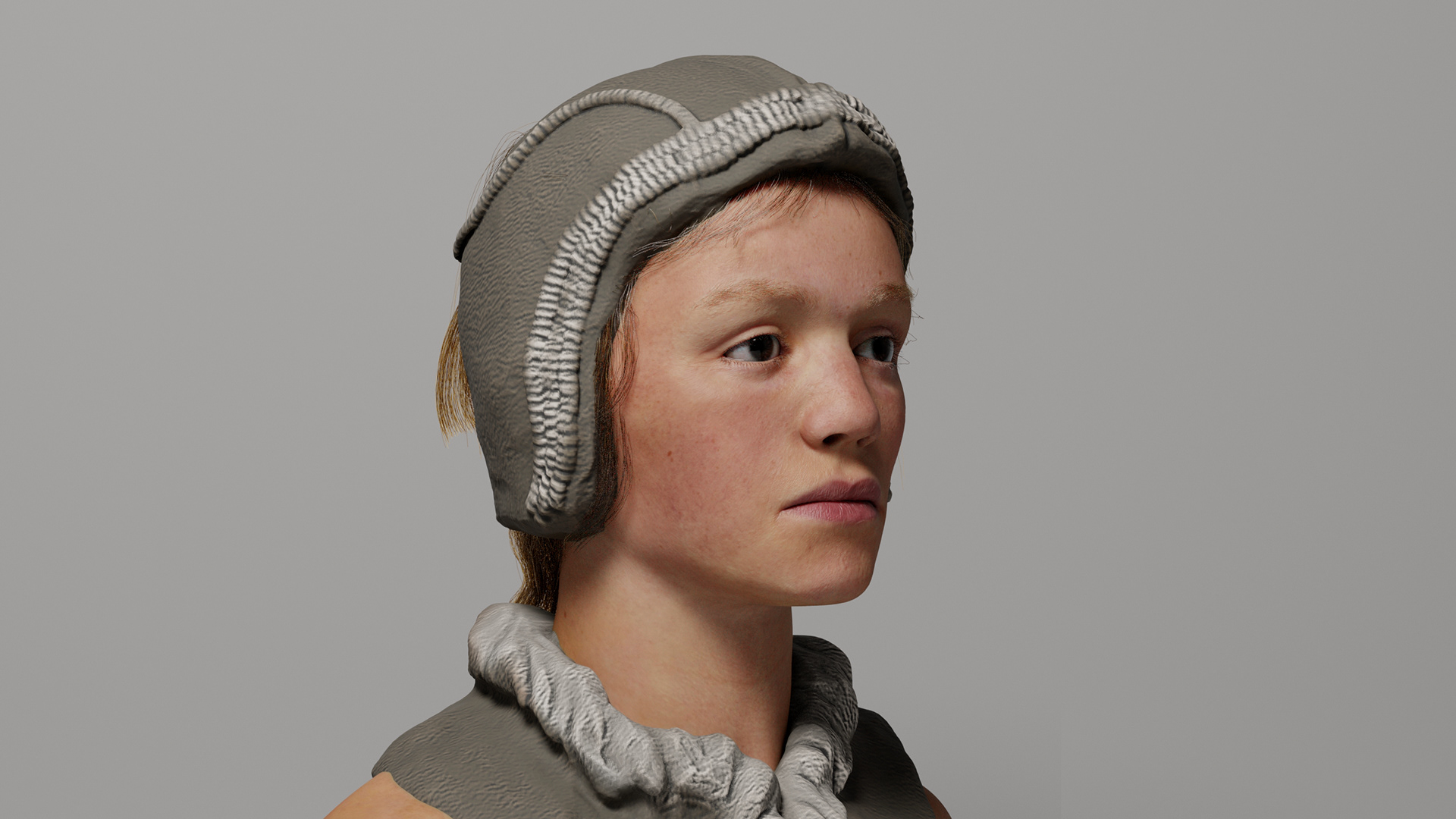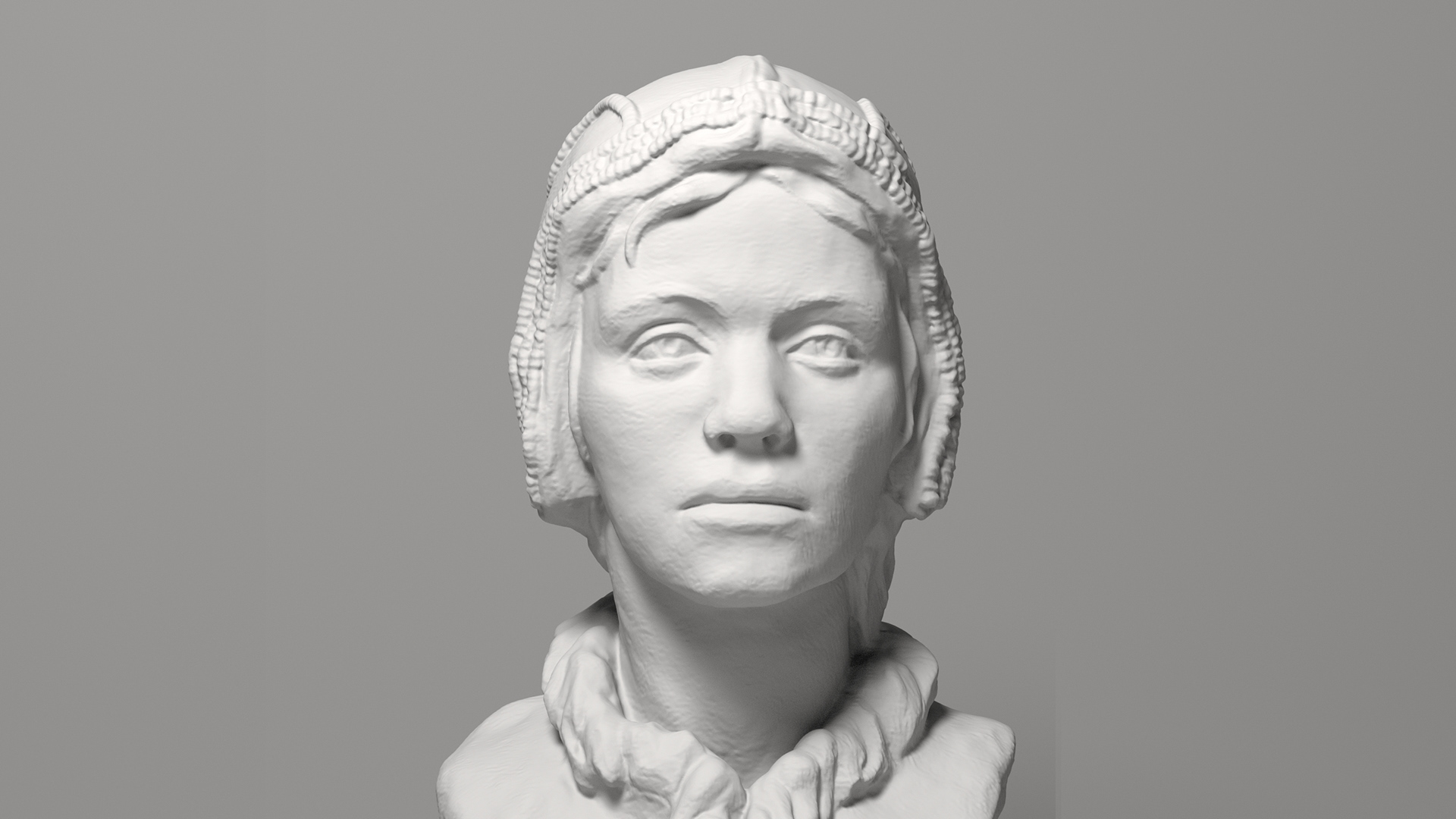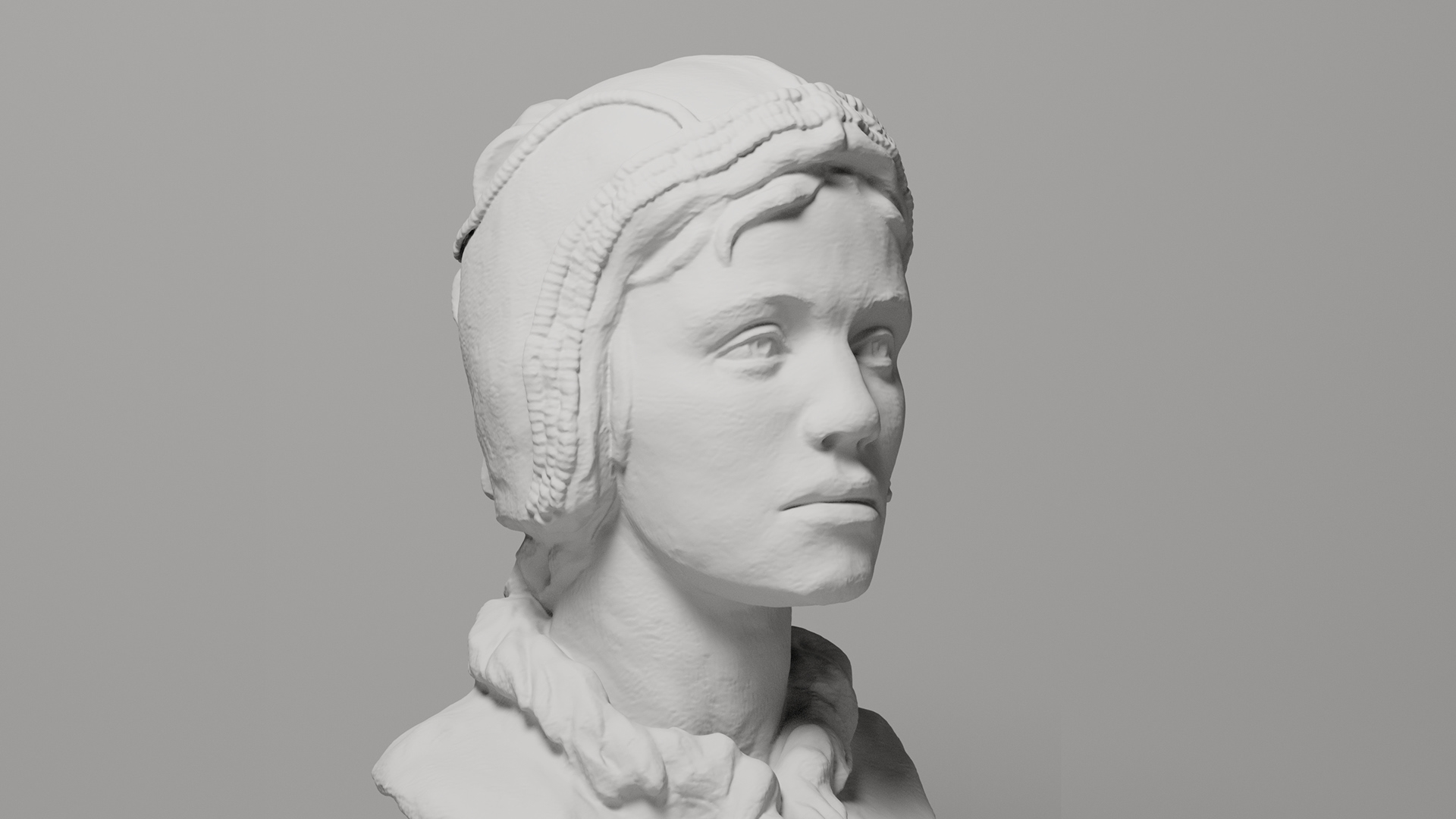




30 000 years ago Sungir people — European early modern humans — were living on the territory of Central Russia. In the hostile conditions of Ice Age they reached an amazingly high level of craftsmanship and left more than 80 000 cultural and household artifacts at the site. Sungir, which has been a seasonal hunting camp, is considered the northernmost Paleolithic settlement of Homo sapiens on the European continent. Sungir inhabitants are believed to be ancestors of today’s Northern and Eastern Europeans. Visual Science and the RAS Institute of Ethnology and Anthropology, with support from the All-Russian Science Festival “Nauka 0+”, have reconstructed the faces of the Sungir people in 3D Virtual Reality. Scientifically accurate visualization is based on skeletal remains of the Sungir children aged 10 and 13 and data from previous efforts to reconstruct the site’s inhabitants appearance. Museums and schools around the world can access Sungir animation for free using VRScience Android app compatible with Google Cardboard or any other Cardboard-compatible VR headset at 4K resolution. To create the visualization, two Sungir skulls were laser-scanned and photographed in high definition. The data was then run through state-of-the-art 3D modeling software, where existing data and facial reconstruction techniques were applied. The VR animation outlines the steps involved, from marking reference points on the skulls to reconstructing the soft tissues of the head, nose and ears cartilages, to creating the final “living” 3D portrait.




